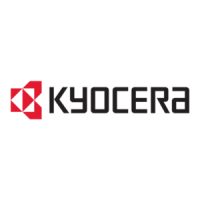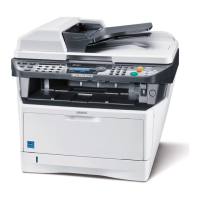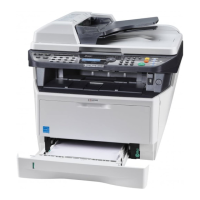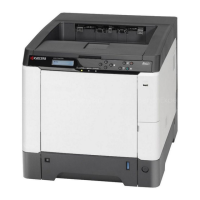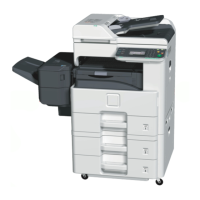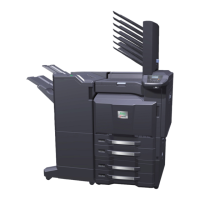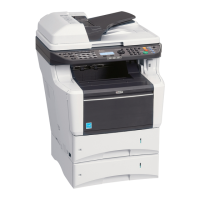Chapter 5 Barcodes
5-2
Linear Barcodes
The printing system is capable of printing a wide variety of barcodes, with human-read-
able text if desired. The user need only specify the type of barcode and the data to be
encoded. The printing system performs the rest of the work, including bar and space gen-
eration, symbol translation, insertion of start and stop codes, checksum calculation, inter-
leaving, padding, zero suppression, and parity reversal.
The scanability of barcodes is affected by the quality of the paper and the type of scanner
used. Parameters of the BARC command enable the width of the bars and spaces to be
adjusted to compensate for these factors. A certain amount of testing and experimentation
may be needed to find the right parameter values for a particular set of conditions.
PRESCRIBE uses the BARC (draw BARCode) command to execute barcodes. This
printing system feature is described fully in this chapter.
The BARC command uses the following format.
BARC type, flag, ’string’[, short, tall[, bar1, bar2, bar3, bar4, space1, space2, space3,
space4]];
The BARC command prints specified data in barcode form. The cursor is located at the
top left corner of the barcode for types 0 to 38, 40 and 41, and at the bottom left corner of
the barcode for type 39, and does not move.
The type, flag, and string parameters are always required. The other parameters are
optional. The type parameter is a number from 0 to 42 designating one of the barcode
types listed in Numbers outside the range from 0 to 42 are regarded as type 15 (MSI bar-
code with no check digit).
The flag parameter specifies whether (Y or y) or not (N or n) to print a human-readable
text under the barcode. The text is printed in the printing system’s current font. Any
desired font can be obtained by placing a font selection command before the BARC
command. The flag parameter for barcodes 39 and 40 (USPS) must be N.
The string parameter gives the barcode data enclosed in apostrophes or quotation marks.
The allowable length of the string and the characters that can be included depend on the
barcode type. lists the allowed lengths and character sets.
also lists a default character that is used to fill out strings shorter than the minimum
length and which may be substituted for any illegal characters in the string.
If the string is too long, it is truncated to the maximum allowed length.
Examples:
!R! UNIT I; BARC 11, N, ’123456’; EXIT;
!R! BARC 0, Y, ’12345678910’; EXIT;
